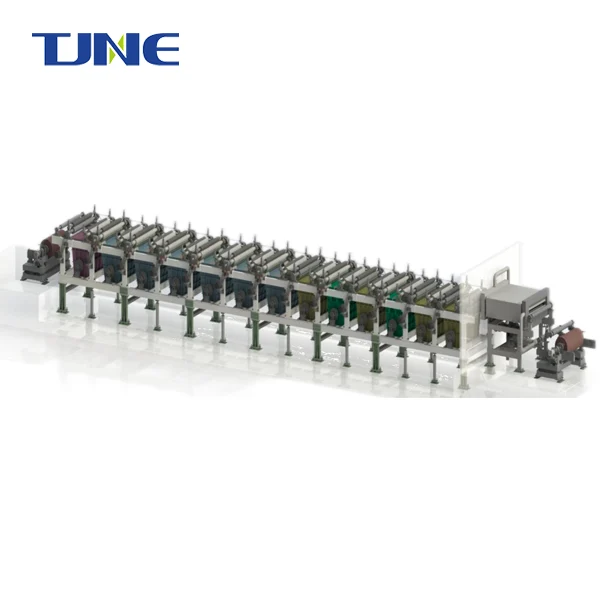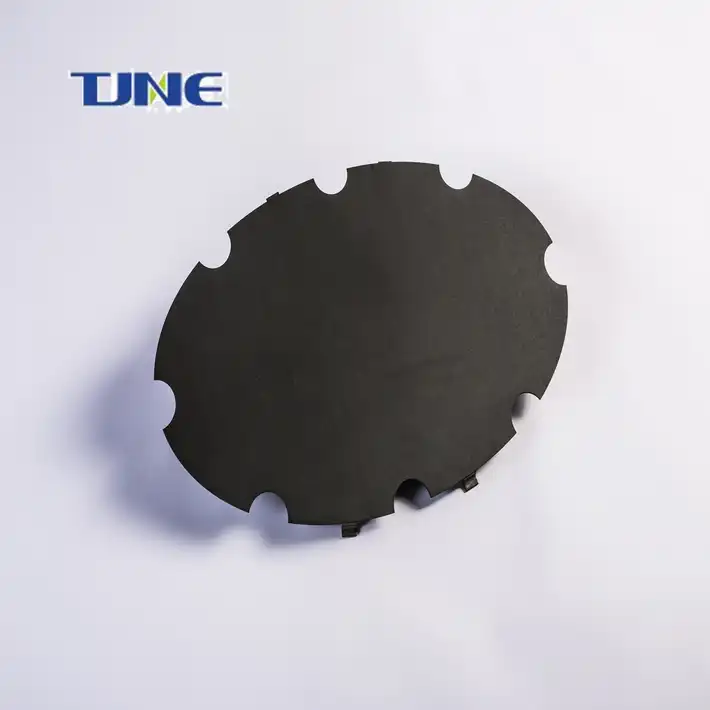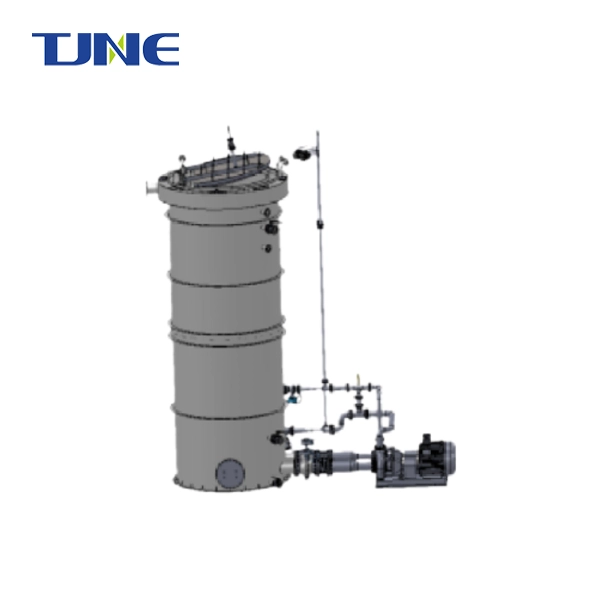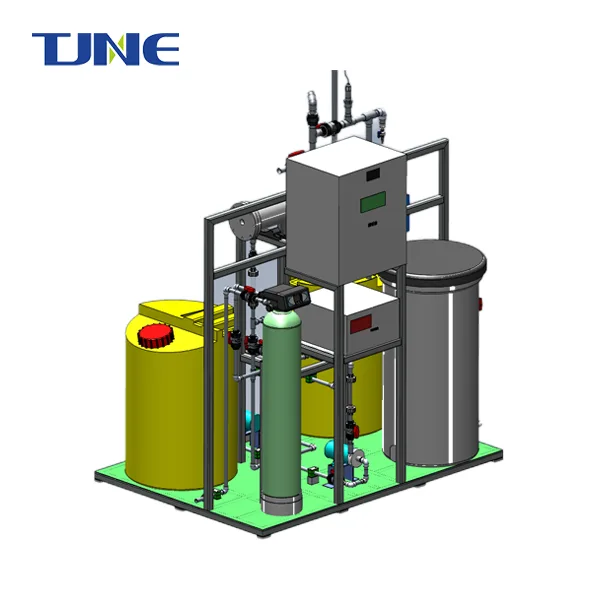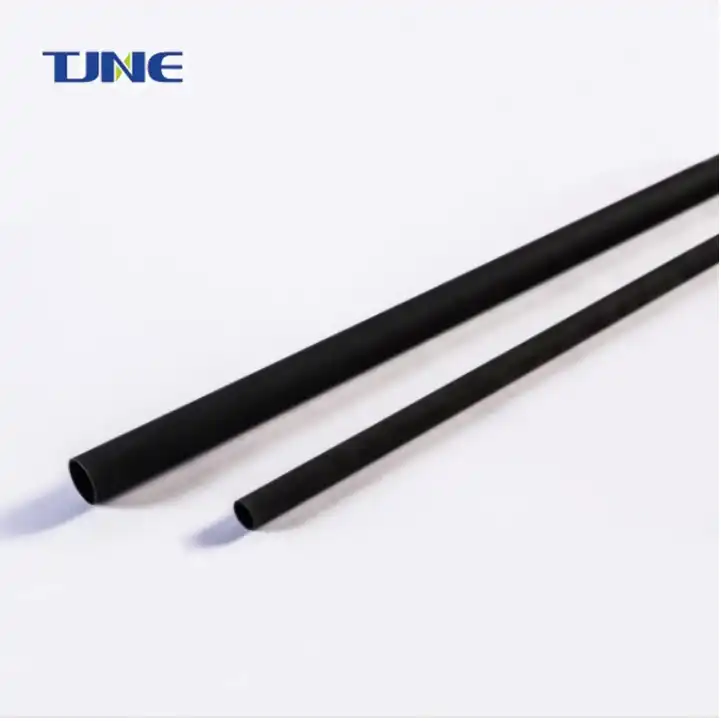- English
- French
- German
- Portuguese
- Spanish
- Russian
- Japanese
- Korean
- Arabic
- Greek
- German
- Turkish
- Italian
- Danish
- Romanian
- Indonesian
- Czech
- Afrikaans
- Swedish
- Polish
- Basque
- Catalan
- Esperanto
- Hindi
- Lao
- Albanian
- Amharic
- Armenian
- Azerbaijani
- Belarusian
- Bengali
- Bosnian
- Bulgarian
- Cebuano
- Chichewa
- Corsican
- Croatian
- Dutch
- Estonian
- Filipino
- Finnish
- Frisian
- Galician
- Georgian
- Gujarati
- Haitian
- Hausa
- Hawaiian
- Hebrew
- Hmong
- Hungarian
- Icelandic
- Igbo
- Javanese
- Kannada
- Kazakh
- Khmer
- Kurdish
- Kyrgyz
- Latin
- Latvian
- Lithuanian
- Luxembou..
- Macedonian
- Malagasy
- Malay
- Malayalam
- Maltese
- Maori
- Marathi
- Mongolian
- Burmese
- Nepali
- Norwegian
- Pashto
- Persian
- Punjabi
- Serbian
- Sesotho
- Sinhala
- Slovak
- Slovenian
- Somali
- Samoan
- Scots Gaelic
- Shona
- Sindhi
- Sundanese
- Swahili
- Tajik
- Tamil
- Telugu
- Thai
- Ukrainian
- Urdu
- Uzbek
- Vietnamese
- Welsh
- Xhosa
- Yiddish
- Yoruba
- Zulu
What is the Role of Naturally Occurring Chloride in the Disinfection Process Using Titanium Electrodes?
Naturally occurring chloride plays a crucial role in the disinfection process when using titanium electrodes for water treatment. This process, known as electrochlorination or electrolytic chlorination, harnesses the power of electrolysis to generate disinfecting agents directly from the chloride ions present in water. Titanium electrodes, renowned for their durability and efficiency, serve as the catalyst for this electrochemical reaction. As electrical current passes through these electrodes, it triggers the conversion of chloride ions into powerful oxidizing agents, primarily hypochlorite, which effectively neutralize harmful microorganisms in the water. This method offers a sustainable and on-site solution for water disinfection, reducing the need for chemical transport and storage while providing a consistent and controllable disinfection process.
How do titanium electrodes enhance the efficiency of chloride-based disinfection?
Titanium electrodes significantly enhance the efficiency of chloride-based disinfection through several mechanisms. Firstly, the use of titanium as an electrode material offers superior corrosion resistance compared to other metals. This resistance allows for prolonged operation in chloride-rich environments without degradation, ensuring consistent performance over time. The durability of titanium electrodes translates to lower maintenance requirements and extended operational lifespans, making them a cost-effective choice for long-term water treatment applications.
Moreover, titanium electrodes can be coated with catalytic materials such as iridium oxide or ruthenium oxide, which further boost their electrochemical properties. These coatings lower the overpotential required for chlorine evolution, meaning less energy is needed to initiate and sustain the disinfection process. This increased energy efficiency not only reduces operational costs but also allows for more precise control over the chlorine generation rate.
The unique surface properties of titanium electrodes also contribute to their effectiveness. The oxide layer that naturally forms on titanium's surface provides an ideal substrate for the electrochemical reactions involved in chloride conversion. This layer promotes the formation of reactive chlorine species while minimizing unwanted side reactions that could reduce efficiency.
Furthermore, titanium electrodes facilitate a more uniform distribution of electrical current across their surface area. This uniform current distribution ensures that chloride ions are consistently converted to disinfecting agents throughout the treatment chamber, leading to more thorough and reliable disinfection. The even distribution also helps prevent the formation of "dead zones" where microorganisms might survive the treatment process.
Another advantage of titanium electrodes in chloride-based disinfection is their ability to operate effectively across a wide range of water qualities. Whether dealing with freshwater, brackish water, or even seawater, titanium electrodes can adapt to varying chloride concentrations, maintaining disinfection efficacy. This versatility makes them particularly valuable in diverse water treatment scenarios, from municipal water supplies to industrial applications and even portable water treatment units.
Lastly, the use of titanium electrodes in chloride-based disinfection allows for real-time adjustments to the disinfection process. By modulating the electrical current applied to the electrodes, operators can fine-tune the production of disinfecting agents to match the specific needs of the water being treated. This level of control ensures that the right amount of disinfectant is always available, reducing the risk of under- or over-treatment and optimizing both safety and efficiency.
What are the advantages of using titanium electrodes over traditional chlorination methods?
The use of titanium electrodes for water disinfection offers several distinct advantages over traditional chlorination methods. One of the primary benefits is the elimination of the need to transport and store hazardous chlorine chemicals. In conventional chlorination, liquid or gaseous chlorine must be shipped to the treatment facility, posing potential safety risks during transport and requiring specialized storage facilities. With titanium electrode systems, the disinfecting agents are generated on-site from naturally occurring chloride ions in the water, significantly reducing safety concerns and simplifying the overall treatment process.
Another significant advantage is the improved control over disinfectant production. Traditional chlorination methods often rely on bulk chemical addition, which can lead to fluctuations in disinfectant levels. Titanium electrode systems, on the other hand, allow for precise, real-time adjustment of disinfectant production. This level of control ensures that the appropriate amount of disinfectant is consistently maintained, reducing the risk of both under-disinfection (which could compromise water safety) and over-chlorination (which can lead to the formation of harmful disinfection by-products).
Environmental considerations also favor the use of titanium electrodes. The on-site generation of disinfectants reduces the carbon footprint associated with chemical transportation. Additionally, the process produces fewer chlorinated organic compounds compared to traditional methods, as the disinfection occurs through more targeted electrochemical reactions. This can result in improved taste and odor of the treated water, as well as a reduction in potentially harmful disinfection by-products.
From an operational perspective, titanium electrode systems offer greater flexibility and scalability. These systems can be easily adjusted to accommodate varying water flow rates and quality, making them suitable for a wide range of applications from small-scale point-of-use systems to large municipal water treatment plants. The modular nature of many titanium electrode systems also allows for easy expansion or reduction of treatment capacity as needs change over time.
Cost-effectiveness is another crucial advantage of titanium electrode disinfection systems. While the initial investment may be higher compared to traditional chlorination equipment, the long-term operational costs are often lower. This is due to reduced chemical purchasing and handling costs, lower maintenance requirements, and the extended lifespan of titanium electrodes. Over time, these factors can result in significant cost savings for water treatment facilities.
Furthermore, titanium electrode systems contribute to improved water quality beyond just disinfection. The electrochemical process can also aid in the removal of certain contaminants such as iron, manganese, and some organic compounds. This multi-functional aspect can potentially simplify overall water treatment processes, reducing the need for additional treatment steps.
Lastly, the use of titanium electrodes aligns well with the growing trend towards sustainable and "green" water treatment technologies. By reducing reliance on chemical additives and minimizing environmental impact, these systems appeal to communities and organizations prioritizing eco-friendly solutions. This can lead to improved public perception and acceptance of water treatment processes, which is increasingly important in today's environmentally conscious society.
Can titanium electrode disinfection completely replace conventional chlorine treatment?
While titanium electrode disinfection offers numerous advantages, the question of whether it can completely replace conventional chlorine treatment is complex and depends on various factors. In many scenarios, titanium electrode systems can indeed serve as a viable alternative to traditional chlorination methods. However, there are considerations that may influence the decision to fully transition to this technology.
One of the primary factors to consider is the scale of the water treatment operation. Titanium electrode systems have proven highly effective in small to medium-sized applications, such as community water systems, industrial processes, and point-of-use treatments. In these contexts, the benefits of on-site generation, precise control, and reduced chemical handling often outweigh any potential drawbacks. However, for very large-scale municipal water treatment plants serving millions of people, the complete replacement of conventional chlorine treatment may present logistical and economic challenges.
Water quality is another crucial consideration. Titanium electrode disinfection systems require a minimum level of conductivity in the water to function effectively. While this is not typically an issue for most water sources, extremely low-conductivity waters may require the addition of salt or other electrolytes to ensure optimal performance. In contrast, conventional chlorine treatment can be applied regardless of water conductivity. Therefore, in regions with exceptionally pure water sources, a hybrid approach or alternative disinfection methods might be necessary.
The presence of certain contaminants can also influence the efficacy of titanium electrode disinfection. For instance, high levels of organic matter or ammonia in the water can interfere with the disinfection process by consuming the generated chlorine species. While this is also a concern with conventional chlorination, the on-site generation aspect of titanium electrode systems may require more frequent monitoring and adjustment to maintain effective disinfection levels in such cases.
Regulatory considerations play a significant role in the adoption of new disinfection technologies. While titanium electrode systems are gaining acceptance worldwide, some regions may have specific regulatory requirements that favor traditional chlorination methods. Water treatment facilities must ensure compliance with local, national, and international standards, which may influence their ability to completely replace conventional chlorine treatment with titanium electrode systems.
The existing infrastructure and expertise within a water treatment facility also factor into the decision to transition fully to titanium electrode disinfection. Facilities with long-standing chlorination systems may face challenges in terms of retraining staff, modifying existing infrastructure, and adapting operational procedures. In such cases, a gradual transition or a hybrid approach combining both methods might be more feasible.
It's worth noting that in many applications, titanium electrode disinfection systems are not necessarily meant to completely replace conventional chlorine treatment but rather to complement it. For example, these systems can be used as a primary disinfection method at the treatment plant, with conventional chlorination serving as a secondary disinfectant to maintain residual protection in the distribution system. This combined approach leverages the strengths of both technologies to ensure comprehensive water safety.
In conclusion, while titanium electrode disinfection offers significant advantages and can replace conventional chlorine treatment in many scenarios, a complete transition across all water treatment applications may not always be feasible or necessary. The decision to implement this technology should be based on a thorough assessment of specific water quality characteristics, operational requirements, regulatory constraints, and long-term cost-benefit analysis. As research continues and technology advances, it's likely that titanium electrode disinfection will play an increasingly important role in water treatment strategies, either as a standalone solution or as part of an integrated approach to ensuring safe and clean water supplies.
If you are interested in the products of Xi'an Taijin New Energy Technology Co., Ltd., please contact yangbo@tjanode.com.
References:
1. Kraft, A. (2008). Electrochemical water disinfection: A short review. Platinum Metals Review, 52(3), 177-185.
2. Martinez-Huitle, C. A., & Brillas, E. (2008). Electrochemical alternatives for drinking water disinfection. Angewandte Chemie International Edition, 47(11), 1998-2005.
3. Schaefer, C. E., Andaya, C., & Urtiaga, A. (2015). Assessment of disinfection and by-product formation during electrochemical treatment of surface water using a Ti/IrO2 anode. Chemical Engineering Journal, 264, 411-416.
4. Ghernaout, D., & Ghernaout, B. (2010). From chemical disinfection to electrodisinfection: The obligatory itinerary? Desalination and Water Treatment, 16(1-3), 156-175.
5. Rajab, M., Heim, C., Letzel, T., Drewes, J. E., & Helmreich, B. (2015). Electrochemical disinfection using boron-doped diamond electrode–The synergetic effects of in situ ozone and free chlorine generation. Chemosphere, 121, 47-53.
6. Sirés, I., Brillas, E., Oturan, M. A., Rodrigo, M. A., & Panizza, M. (2014). Electrochemical advanced oxidation processes: today and tomorrow. A review. Environmental Science and Pollution Research, 21(14), 8336-8367.
7. Bergmann, M. E. H., Koparal, A. S., & Iourtchouk, T. (2014). Electrochemical disinfection and its applications in drinking water treatment. Comprehensive Water Quality and Purification, 3, 291-307.
8. Feng, C., Suzuki, K., Zhao, S., Sugiura, N., Shimada, S., & Maekawa, T. (2004). Water disinfection by electrochemical treatment. Bioresource Technology, 94(1), 21-25.
9. Jeong, J., Kim, C., & Yoon, J. (2009). The effect of electrode material on the generation of oxidants and microbial inactivation in the electrochemical disinfection processes. Water Research, 43(4), 895-901.
10. Macro, J., Matějka, F., Dušek, L., & Macák, J. (2021). Electrochemical disinfection of water: From fundamentals to applications. Electrochimica Acta, 387, 138502.






